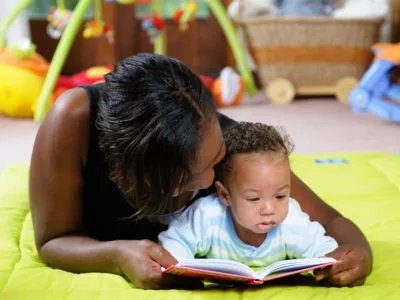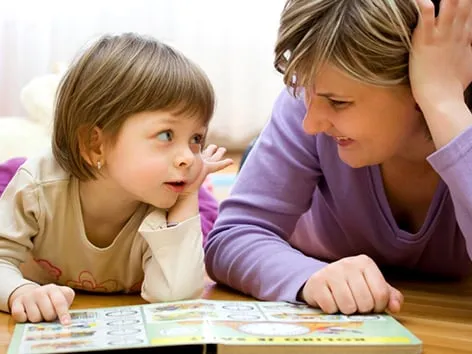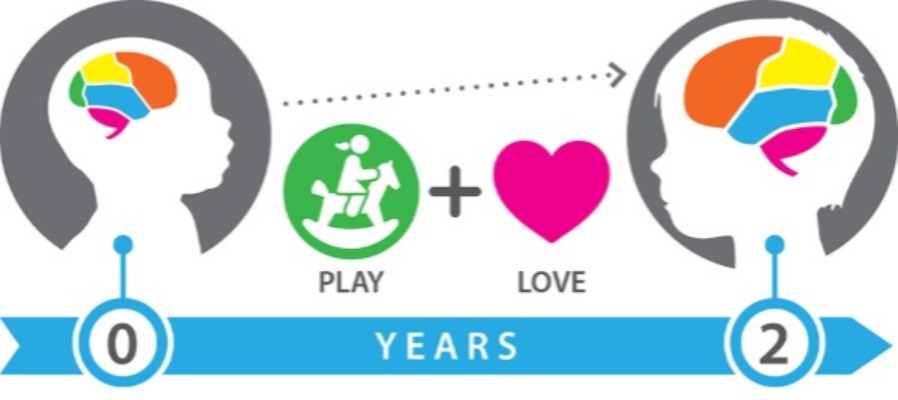The Difference Between Reading and Book Sharing: A Guide for Parents
In our language block, we are focusing on an essential concept that we teach our nannies: the difference between reading and book sharing. Many parents express concerns that their children seem uninterested in reading, often losing attention after a few minutes. However, I believe that all children can enjoy books when they are shared in an age-appropriate manner.

Understanding Your Child's Attention Span
Young children, especially toddlers, have limited attention spans and find it challenging to sit still for long periods. When reading to babies and toddlers, it’s important to choose books that match their developmental stage. Just as an adult would find a simple picture book unengaging, babies and toddlers can become disinterested if the book is too advanced for them.
What is Book Sharing?
Instead of simply reading words aloud, consider book sharing—a more interactive and engaging approach. Book sharing brings the pictures in the book to life, creating a stimulating and fun experience for your little ones. This method fosters communication, expression, and participation.
Book Sharing Tips for Different Ages
For Young Babies (3 to 6 months):
- Books to Use:*Hard-covered, textured books with one simple picture on each page.
- Activities: Allow them to feel different textures, talk about the names of each animal, and imitate animal sounds. Find objects around the house that resemble the pictures in the book to make connections (e.g., “Look at the cat! Let’s find Mittens the cat and see what she’s doing”).
For Older Babies (7 to 18 months):
- Books to Use: Hard-cover books with simple pictures and minimal writing.
- Activities: Encourage engagement with the pictures rather than focusing on a story. Ask them to point to various animals or objects in the book and relate these to their own bodies (e.g., “Where’s the pig? What sound does it make? The pig has two ears, how many ears do you have?”).
For Toddlers (18 to 36 months):
- Books to Use: Hard or soft-cover books with short stories and plenty of pictures. The Julia Donaldson series is a great choice.
- Activities: Start by interacting with the pictures and encouraging vocabulary development. Ask questions like “What’s this?”, “How many are there?”, “What color is it?”, and “Do you have a bag like this?”. As your toddler gets older, read the story and ask questions to develop basic comprehension skills and discuss social norms and emotions.

Benefits of Book Sharing
- Engagement and Concentration: Book sharing increases your child’s ability to engage and sit still. The more interested they are, the longer they will concentrate.
- Quality Time: This activity provides valuable bonding time, whether with you or the nanny, and helps establish strong relationships.
- Calming Routine: Incorporating book sharing into a bedtime routine offers a calming alternative to screen time and can become a cherished family tradition.
Making Book Sharing a Family Activity
Book sharing is an easy and enjoyable activity that can involve the whole family—from nanny to grandparents and siblings. It fosters a love for reading and learning from a young age, enhancing comprehension skills and emotional connection as your child grows.
So, what are you waiting for? Start your book-sharing journey today and nurture your child’s love for reading and learning. For more tips on book sharing, please get in touch with a Nanny ‘n Me branch near you!

Reference:
Cooper P, Vally Z, Cooper H, Sharples A, Radford T, Tomlinson M, Murray L. Promoting mother-infant book-sharing and child cognitive development in an impoverished South African population: a pilot study. Early Child Educ. 2014;42:142-53.



